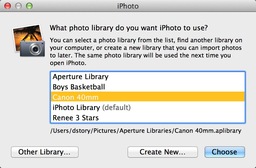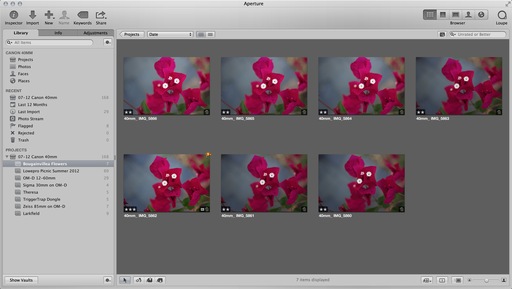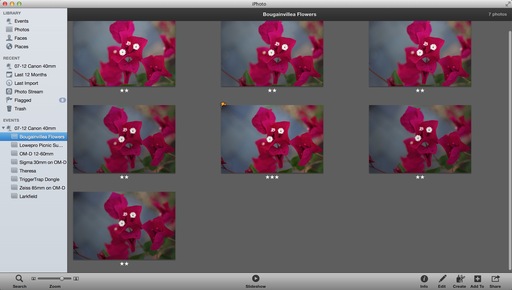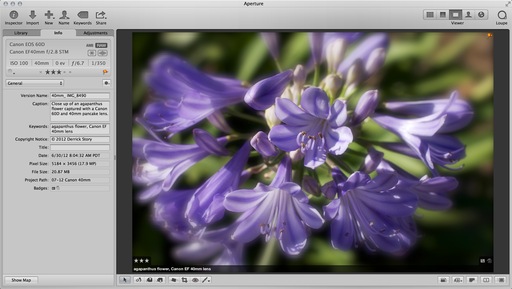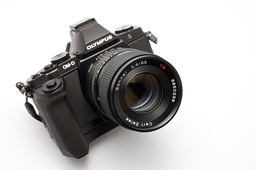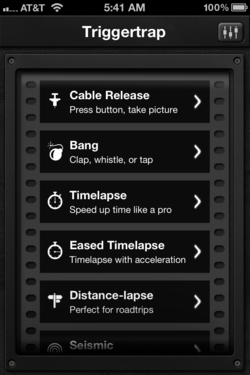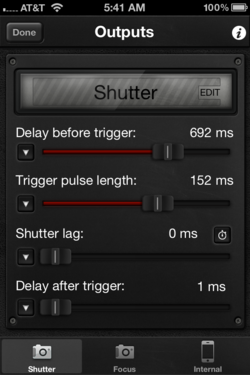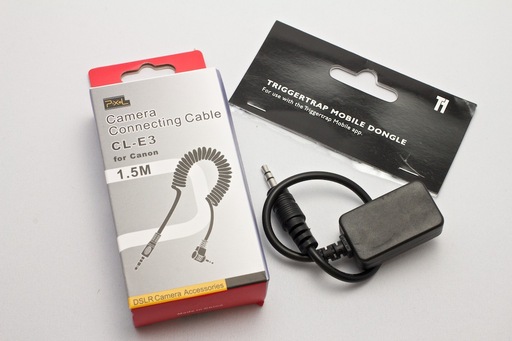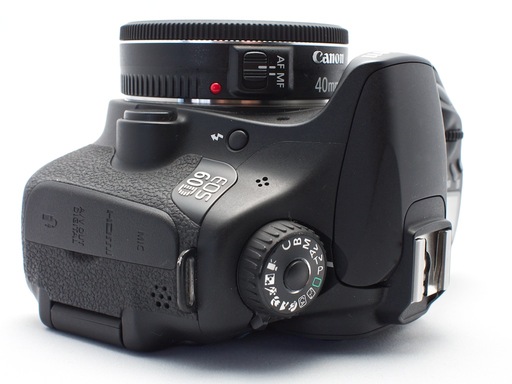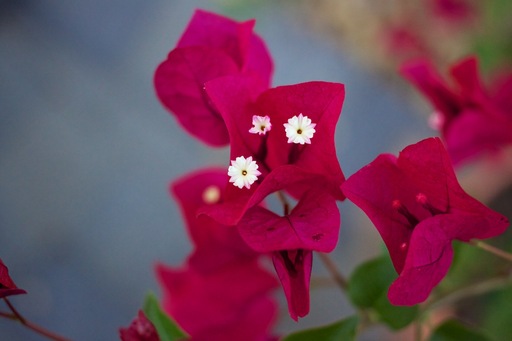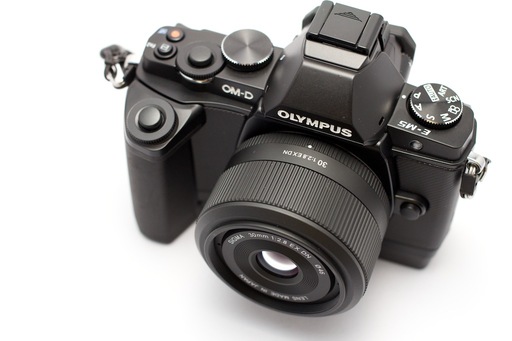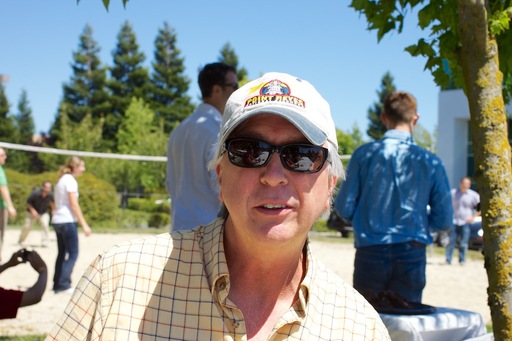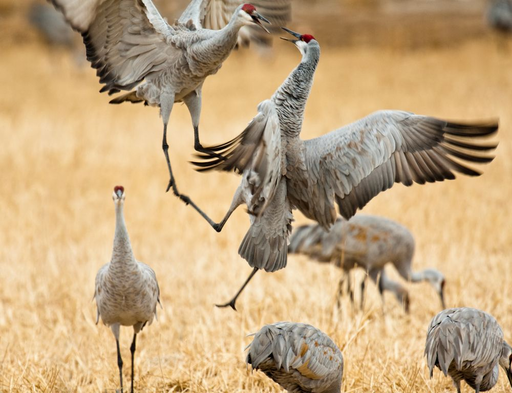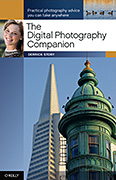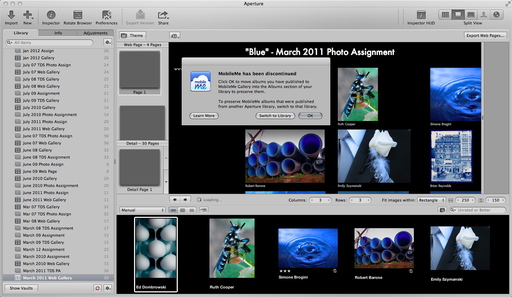Looks like Canon may finally be joining the Compact System Camera (CSC) party. Speculation is that they will announce their intentions on July 23. Their entry into the mirrorless market will shake things up. How? I start out the show by addressing the potential impact.
Then I switch gears to Solid State Drives (SSD) - those electronic wonders that are many times faster than the traditional mechanical hard drives they replace. The problem is, they don't have as much capacity. And for photographers, that's a challenge. I begin the conversation about how I think the tradeoff is worth it, and the adjustments I'm making along the way.
And finally, I have to say that I'm enjoying Pinterest. More about that, and other goodies, in this week's TDS podcast.
Listen to the Podcast
You can also download the podcast here (30 minutes). Or better yet, subscribe to the podcast in iTunes. You can support this podcast by purchasing the TDS iPhone App for only $2.99 from the Apple App Store.
Monthly Photo Assignment
Hot is the July 2012 Photo Assignment. You can read more about how to submit on our Member Participation page. Deadline for entry is July 31, 2012.
More Ways to Participate
Want to share photos and talk with other members in our virtual camera club? Check out our Flickr Public Group. And from those images, I choose the TDS Member Photo of the Day.
Podcast Sponsors
Red River Paper -- The $7.99 Sample Kit is back! And with free shipping.
Make Your Photos Sizzle with Color! -- SizzlPix is like High Definition TV for your photography. Get a 20% discount during July by adding "TDS" in the comment field of your order.
Need a New Photo Bag? Check out the Lowepro Specialty Store on The Digital Story and use discount code LP20 to saven 20% at check out.
Technorati Tags:
digital photography, podcast, technique, Technology, The Digital Story, tips
